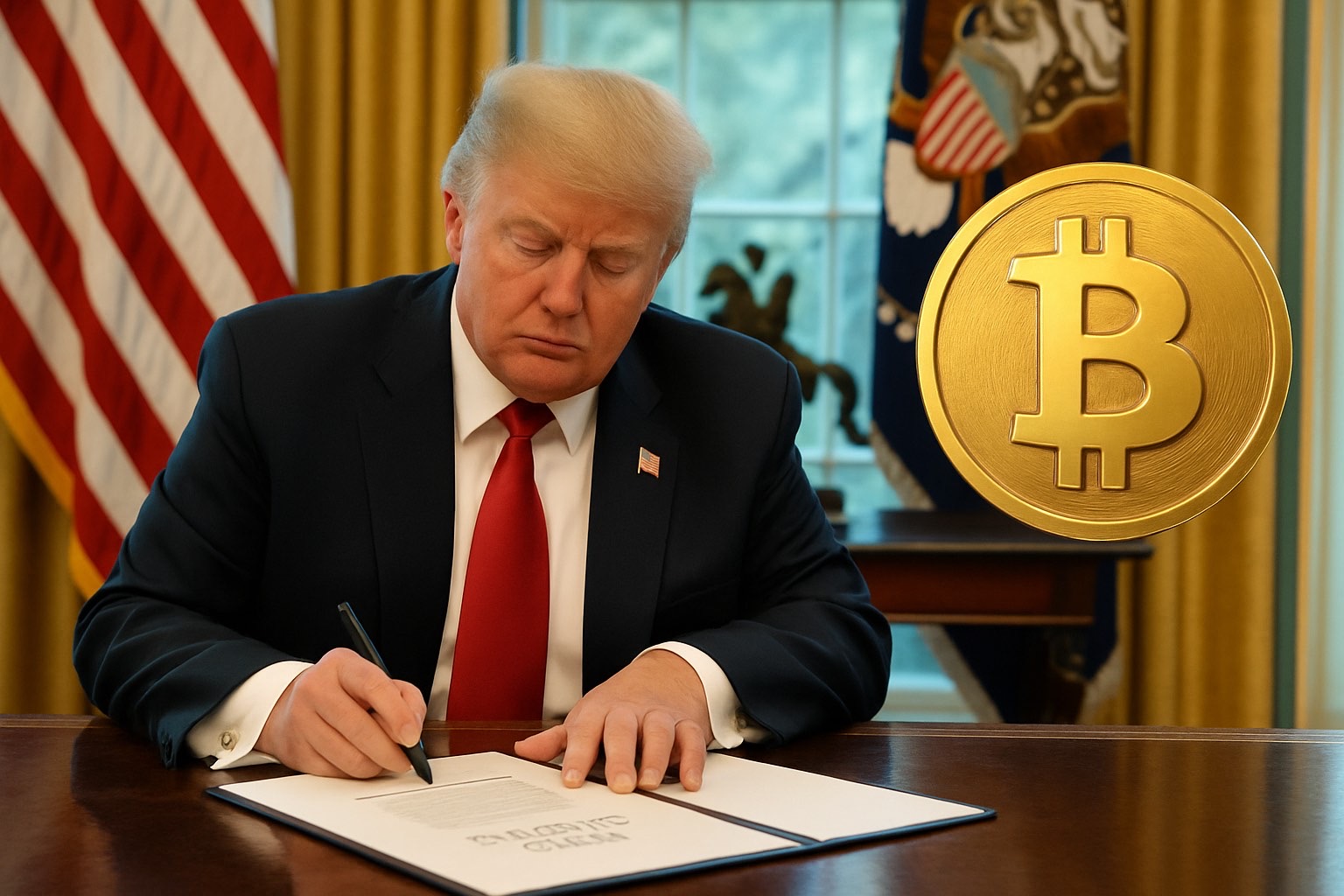The financial landscape is on the brink of transformation with former President Donald Trump’s recent executive order aimed at revolutionizing retirement investment options in the United States. This landmark directive expands access to alternative assets, notably Bitcoin and other cryptocurrencies, within 401(k) retirement plans. Coupled with a historic seven-year low in Bitcoin supply available on exchanges, this development signals a significant shift in market dynamics that could unleash billions in new demand for digital assets. This article explores the implications of Trump’s order, the current state of Bitcoin supply, and the broader impacts on investors and retirement savers across key American cities.
Expanding Retirement Investment Horizons
Historically, retirement accounts like 401(k)s have been limited to traditional investments such as stocks, bonds, and mutual funds. Trump’s executive order directs the Department of Labor and other regulatory bodies to revisit and modify regulations to allow these plans to include alternative investments such as private equity, real estate, and cryptocurrencies. This policy shift is designed to democratize access to assets that were once the exclusive domain of wealthy investors and institutional players.
More than 90 million Americans participate in employer-sponsored retirement plans, which collectively hold an estimated $12.5 trillion in assets. By opening these plans to cryptocurrencies, President Trump’s order could channel fresh capital into the crypto market that rivals major institutional inflows, fundamentally reshaping retirement savings strategies. Cities like New York, San Francisco, Miami, and Chicago, renowned for financial services and technology innovation, are poised to lead the adoption of such investment transformations.
Bitcoin’s Seven-Year Low Supply on Exchanges
Amid this regulatory momentum, Bitcoin’s market fundamentals are also undergoing a notable shift. The supply of Bitcoin held on exchanges has plunged to levels unseen since 2018, with exchange reserves falling to approximately fourteen and a half percent of the total available Bitcoin supply. This decline is attributable to investors, including institutional players and long-term holders, moving their Bitcoin off exchanges into cold storage or private wallets. The result is a tightening supply on platforms where most trading occurs, creating a potential supply shock.
This phenomenon is particularly prominent in major cities with thriving crypto communities and institutional involvement such as Miami, where crypto-friendly policies have fostered adoption, and Silicon Valley, where tech-driven investment strategies favor long-term holdings. The reduced liquidity on exchanges signals growing investor confidence and diminishes immediate selling pressure, which historically has preceded significant upward price movements.
Billions in Potential Demand from Retirement Accounts
The scale of capital in 401(k) plans represents a massive untapped reservoir for Bitcoin and crypto investments. Even a modest allocation from these retirement funds into cryptocurrency could translate to tens of billions of dollars in new inflows. For example, a small percentage shift in allocation among New Yorkers or Chicagoans saving for retirement could result in substantial capital moving into Bitcoin.
Financial experts and crypto industry leaders anticipate that retirement plan sponsors may gradually incorporate cryptocurrency funds, starting with optional investment windows or small allocations within diversified portfolios. This could be a game-changer for both younger workers, who often seek higher-growth assets, and traditional investors looking to diversify beyond stocks and bonds.
Economic and Market Impact
The convergence of regulatory endorsement and dwindling Bitcoin supply on exchanges is creating a bullish backdrop for the cryptocurrency market. Following the announcement of Trump’s order, Bitcoin’s price surged, with trading hitting new records above the $110,000 mark. This rally is supported by robust institutional demand and corporate adoption, especially in financial hubs such as New York City and San Francisco.
Moreover, the influx of retirement savings into Bitcoin could foster greater market stability by establishing a reliable price floor. This shift may also encourage other alternative assets like private equity and real estate to gain traction within retirement portfolios, fostering a more diversified investment landscape.
Risks and Considerations
Despite the promising outlook, the inclusion of cryptocurrencies in retirement plans carries inherent risks. Cryptocurrencies remain volatile and speculative assets, which could pose challenges for fiduciaries managing 401(k) funds under the Employee Retirement Income Security Act (ERISA), which mandates prudence and participant protections. Cities with diverse retirement populations, such as Houston and Atlanta, may see varying adoption rates depending on local economic conditions and investor sentiment.
Regulators are likely to strike a balance between expanding access to alternative assets and ensuring adequate safeguards against excessive risk exposure. Financial advisors and plan administrators will need to educate participants about the risks and rewards of crypto investments to foster informed decision-making.
Conclusion
Donald Trump’s executive order to integrate Bitcoin and other alternative assets into 401(k) retirement plans marks a historic turning point for retirement investing in America. Combined with a seven-year low in Bitcoin exchange supply, the stage is set for billions of dollars in new demand that could drive significant market growth and adoption. As major urban centers across the United States embrace these changes, retirement savers stand to benefit from greater diversification and potentially higher returns. However, careful oversight and education will be essential to navigate the risks inherent in crypto investing, ensuring a secure and prosperous financial future for all Americans.


